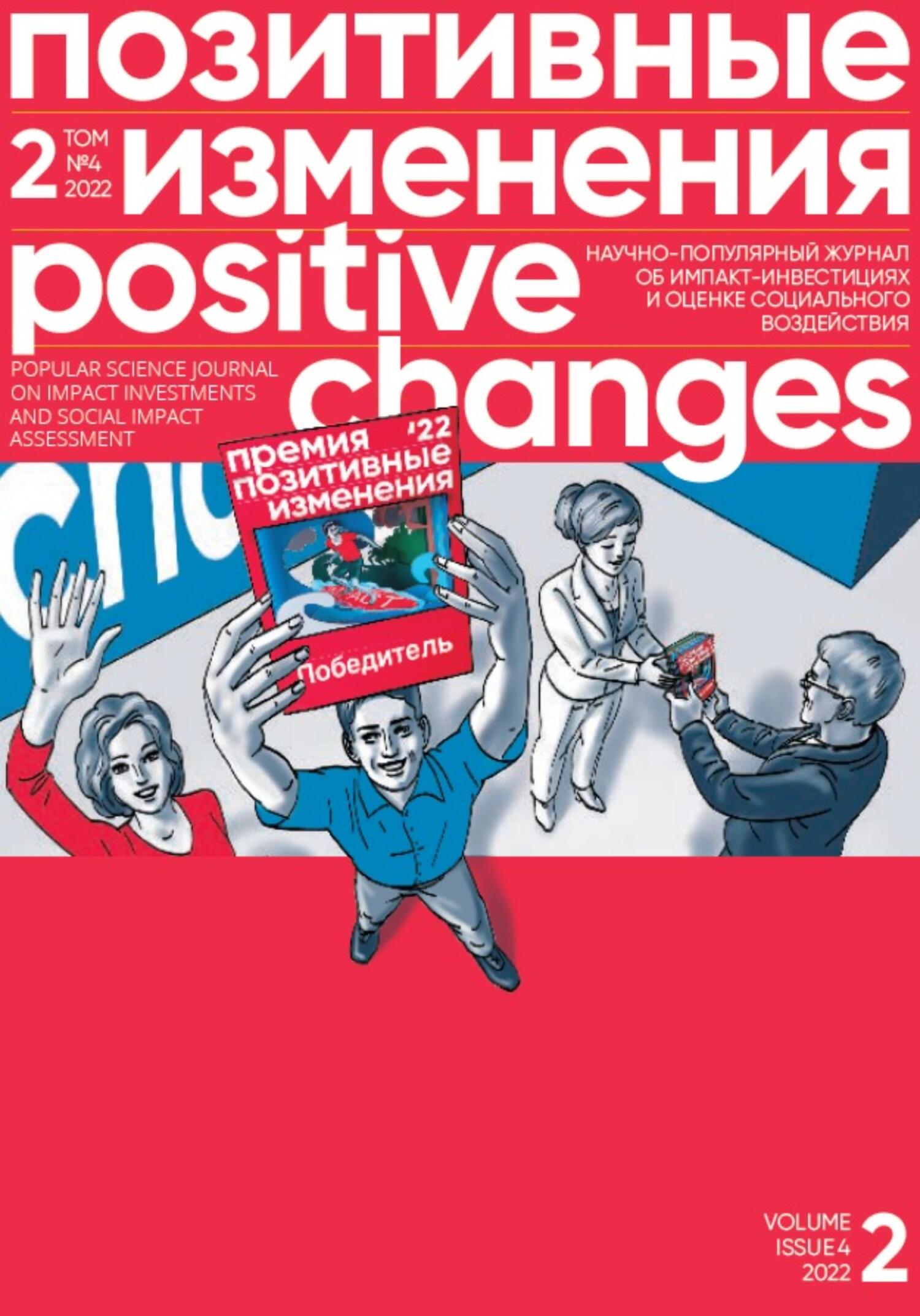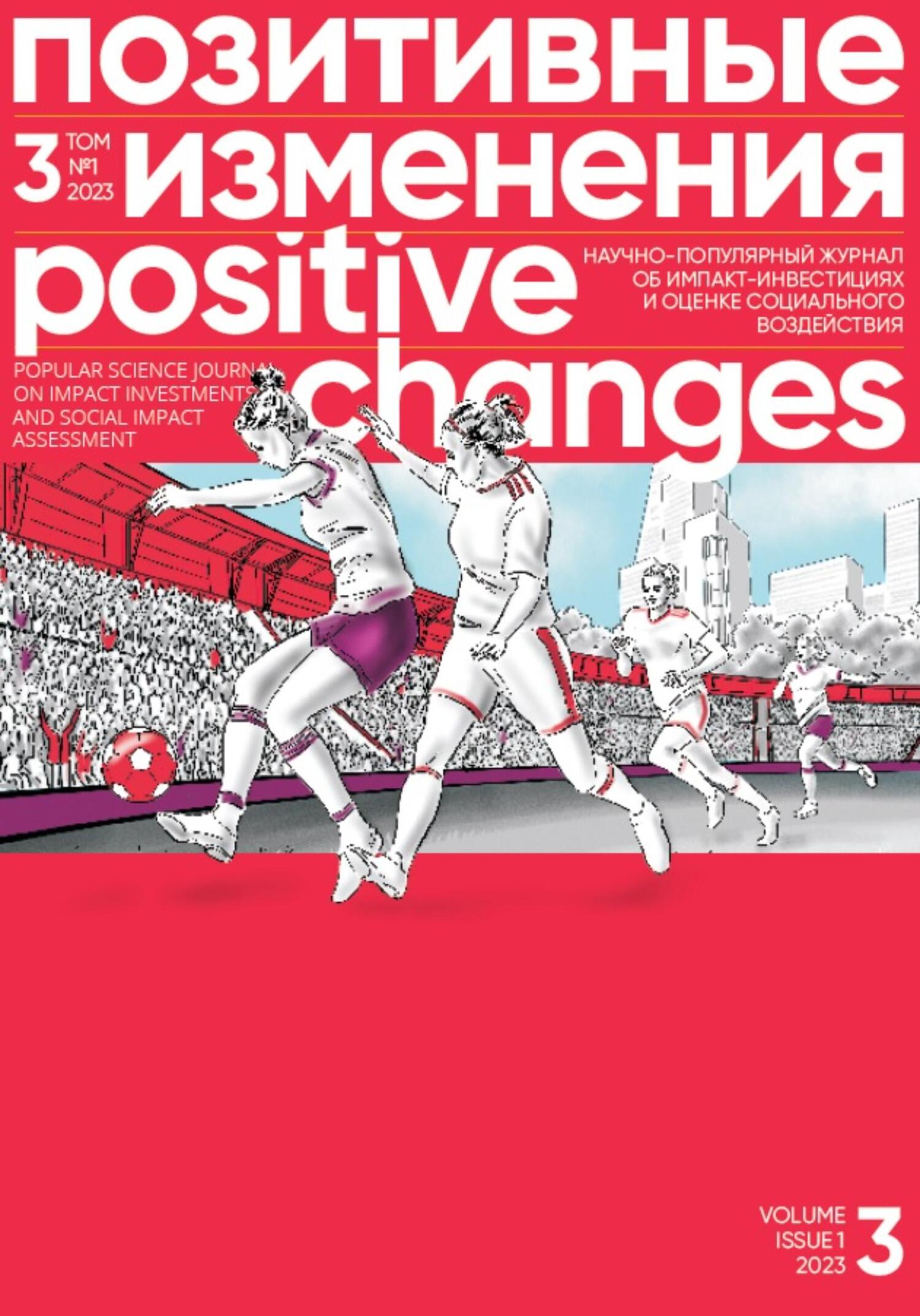Ознакомительная версия. Доступно 9 страниц из 45
Goals, all of humanity must act quickly. The time is running short. And we risk losing time in the long, albeit exciting, process of municipalizing our cities, towns, and townships. Self-governance at the local level does not necessarily turn into intermunicipal contractual capacity. The hyperlocal view of development is far from being sensitive to the global agenda. And this is a very serious issue.
Any democracy is vulnerable to populism, and it is especially vulnerable when it comes to long-running processes whose results are delayed for years.
POWERS AND RESOURCES
The key actors of the digital trend are national governments and global corporations, who perceive technocratic management algorithms as the key to reducing the operating costs in the territories of their presence. Unification while preserving visible diversity seems to them the optimal modus vivendi[14] for the future. Radical municipalism, on the contrary, requires completely different actors — local NGOs, such as community foundations and territorial public self-governance bodies, civic universities following the Scottish model. The forces that endow these structures with resources, in addition to the citizens and academics themselves, are the new-format developers who invest in social and natural capital (Oliver, 2013), in the development of communities surrounding their projects, and who take on the initiative of urban master planning together with the communities. As, for example, in the framework of the project "Bring rivers back to the city!" in Izhevsk. City residents, together with developers, architects, urban planners, and regional authorities, decided on the future of the river Podborenka. The project team created a riverfront development concept, organized the cleanup of the river bed, launched the public monitoring of small rivers and their basins, and the developer of one of the residential compounds was tasked with building up the embankment.
This project resulted in a new public space in the city, where residents can play sports, hold miniconcerts, have picnics, relax and ride a bike.
If I were to choose sides, I would certainly prefer radical municipalists. I am much more inclined to accept the agenda of locality, the warmth of hearty human relationships, and joint discussions. However, the very logic of the digital city dialectics and radical municipalism tells us that as soon as the conflict between the two concepts is eliminated, we will experience a quantum leap that takes over from both positions, one way or another. Whether it will be digital municipalism or global digital democracy, or something more sinister — that is largely being determined right now. And each of us can participate in this process by acting on our own visions of what we want the cities of the future to be.
REFERENCES
1. Glazychev, V. L. (1995). Urban Husbandry: Bringing the City to its Senses. АСС. (1).
2. Rivers to the City. (2022). Retrieved from: https://www.glazychev.ru/publications/interviews/1995_interview_urban_ husbandry.htm. (accessed 15.11.2022).
3. Lapina-Kratasyuk, E., Zaporozhets, O., Vozyanov, A. (2021). Urban Networks: People. Technologies. Governance. Moscow: New Literary Review.
4. Oliver, A. (2013). Regenerating Urban Neighborhoods: Through Synergies of Natural and Social Capital. Spaces & Flows: An International Journal of Urban & Extra Urban Studies, 3(4). https://doi.org/10.18848/2154-8676/CGP/ v03i04/53720.
5. Cellamare, C., & Cognetti, F. (2014). Practices of reappropriation in the contemporary city. Processes, places and imagery. Roma-Milano: Tracce Urbane, Planum Publisher.
6. Parikh, K. S. (2018). Digital Singularity: A Case For Humanity. Avasant LLC.
7. Chemberlain, L. (2022). The Surprising Stickiness of the "15-Minute City". Retrieved from: https://commonedge.org/the-surprising-stickiness-of-the-15-minute-city. 25.01.2022. (accessed: 12.05.2022).
8. Park, R. E., & Burgess, E. W. (2019). The city. University of Chicago Press.
9. Strong Towns. (2022). Retrieved from: https://www. strongtowns.org/. (accessed: 12.05.2022).
«Фундамент» города будущего: ключевые тренды и подходы к проектированию
Владимир Вайнер, Иван Смекалин
DOI 10.55140/2782-5817-2022-2-S2-30-41
Концепция Города будущего — это концепция комплексного освоения территории города, в которой реализован системный подход к устойчивому развитию и опережающие рынок смысловые и планировочные решения для создания комфортной, безопасной и экологичной городской и социальной среды. Эксперты Фабрики позитивных изменений предлагают свое видение того, какими могут быть подходы к разработке концепций Города будущего.
Владимир Вайнер
Директор «Фабрики позитивных изменений»
Иван Смекалин
Аналитик Фабрики позитивных изменений, магистрант Высшей школы социальных наук (Париж)
Тема «города будущего» активно разрабатывалась известными архитекторами на протяжении XX века во многих странах. Города будущего появлялись в описаниях многочисленных литературных произведений и на киноэкранах. Новое дыхание тема приобрела в XXI веке — с возникновением новых технологических и социальных решений. Сегодня термин «город будущего» имеет двоякое значение и применение: его используют, говоря как о реальных проектах, где применяются актуальные градостроительные и технологические решения, так и о концептуальных проектах поискового и исследовательского характера.
Концептуальные проекты представляют интерес, так как они оперируют не тем набором инструментов и приемов, которые уже сейчас способны реализоваться в жизни, а дают возможность заглянуть в то будущее, которое пока является возможной перспективой, зависящей от сценария развития, который человек выберет в ближайшее десятилетие.
АРХИТЕКТУРА И ГРАДОСТРОИТЕЛЬСТВО БУДУЩЕГО: КЛЮЧЕВЫЕ ТРЕНДЫ
БИОФИЛИЯ
Британского архитектора Нормана Фостера, лауреата Притцкеровской премии (считается аналогом Нобелевской премии в архитектуре) чаще всего называют архитектором будущего. Именно Фостер в 1970-х разработал модель энергоэффективного здания из стекла и металла в стиле хай-тек. Однако теперь его представления об архитектуре базируются на понятии «биофилия» — естественной близости людей к природе и природным материалам. Принципами архитектуры становятся ориентация на здоровье, связь с благополучием и целостным восприятием постройки. Небоскребы архитектора можно воспринимать как вертикальные города, где этажи выступают улицами с соответствующей социальной инфраструктурой, которая располагается не только на нижних этажах.
НЕЭКСТРАКТИВНАЯ АРХИТЕКТУРА
Элемент биофилии хорошо согласовывается с понятием «неэкстрактивной архитектуры» — нового типа архитектуры, который не истощает ресурсы Земли. Ее концепцию соучредитель итальянской исследовательской студии Space Caviar Джозеф Грима представил на фестивале Dezeen 15. Главная идея состоит в том, что архитектура не должна создавать внешних негативных эффектов для третьих сторон. К таким эффектам относятся не только проблемы с выбросами углерода и энергопотребления, но и устойчивость экосистем, сохранение сообществ и недопущение трудовой эксплуатации. Автор концепции говорит о том, что строительная отрасль производит 40 % выбросов углерода, а западные
Ознакомительная версия. Доступно 9 страниц из 45
























